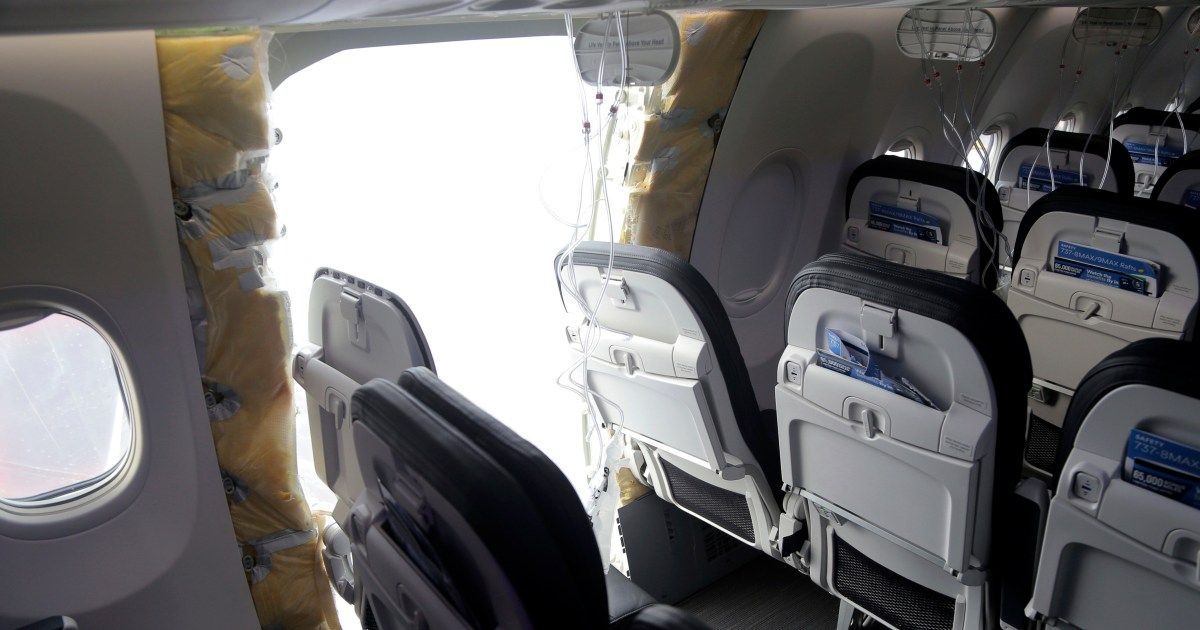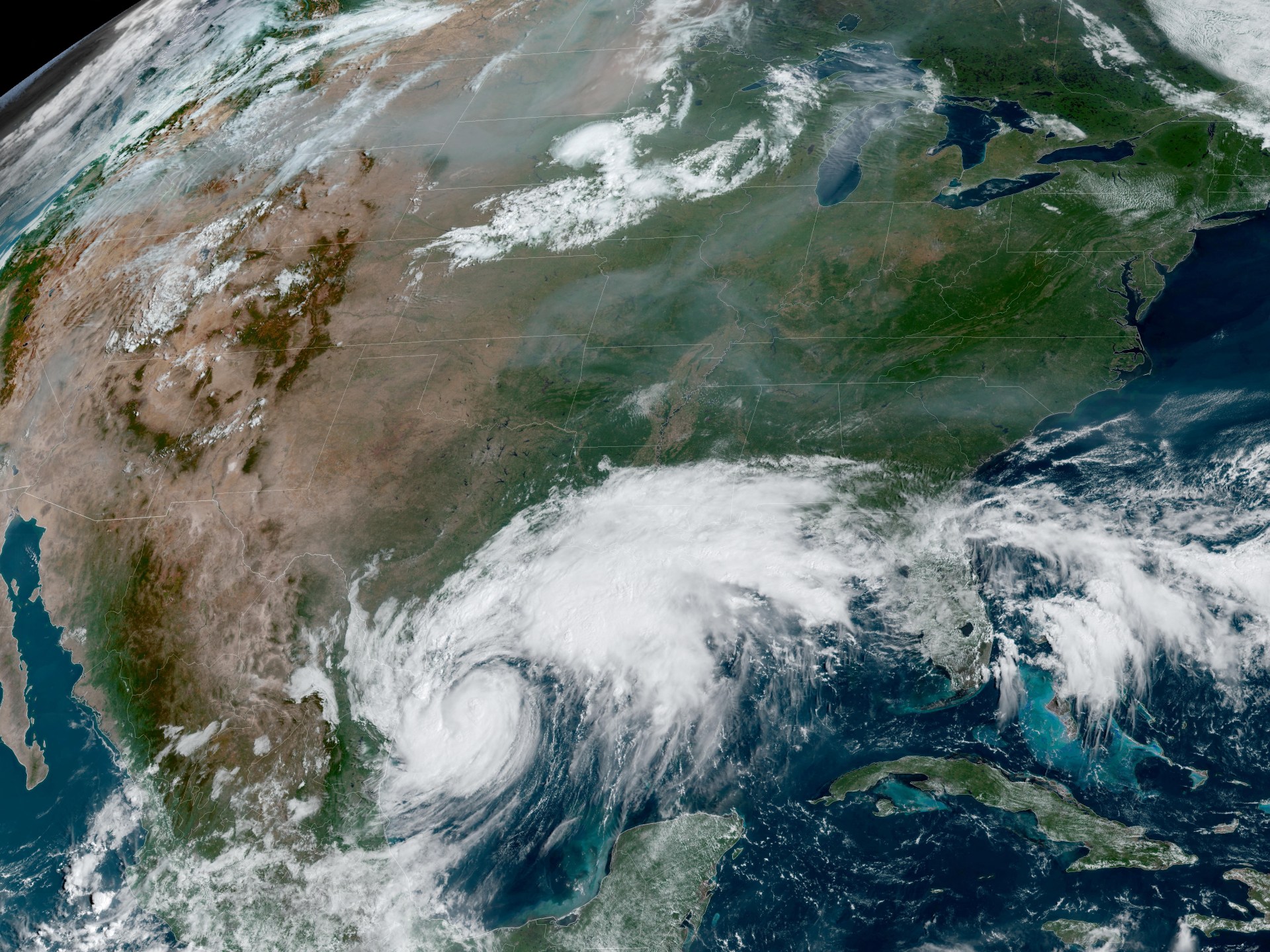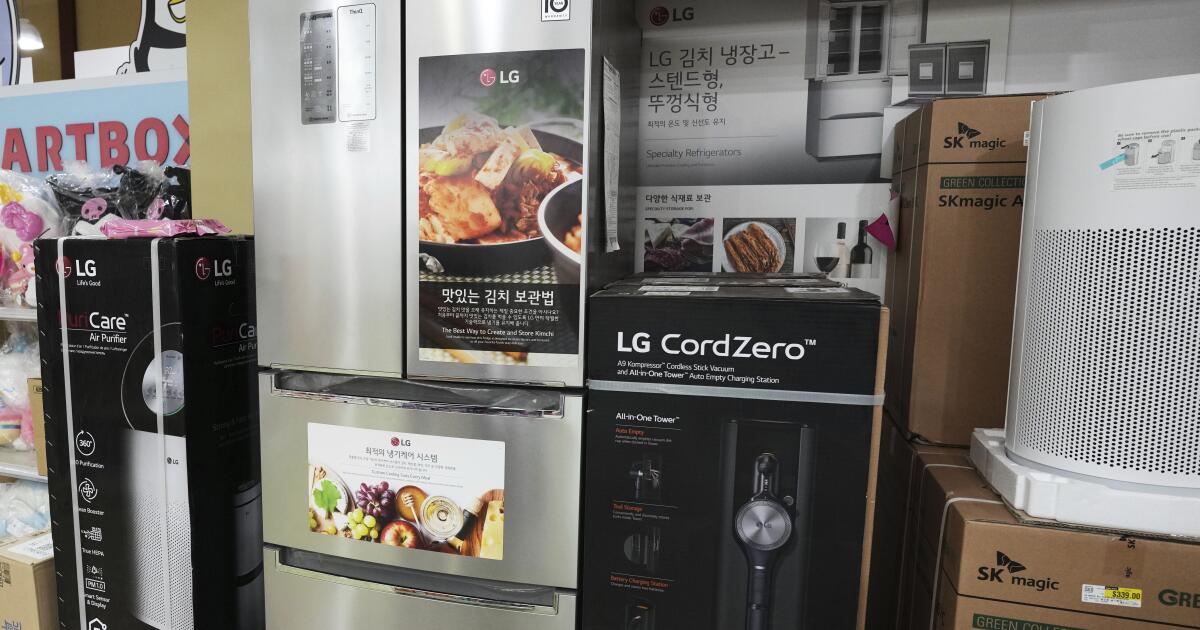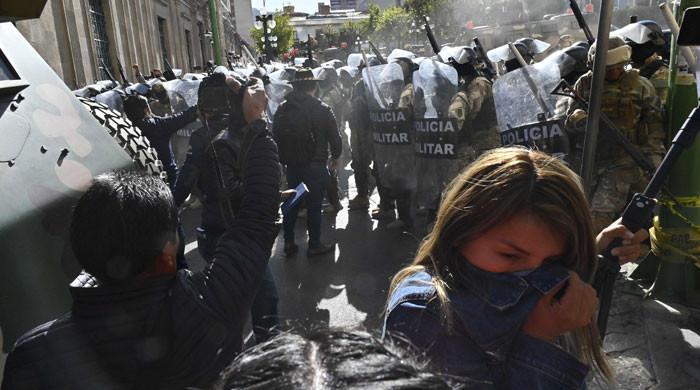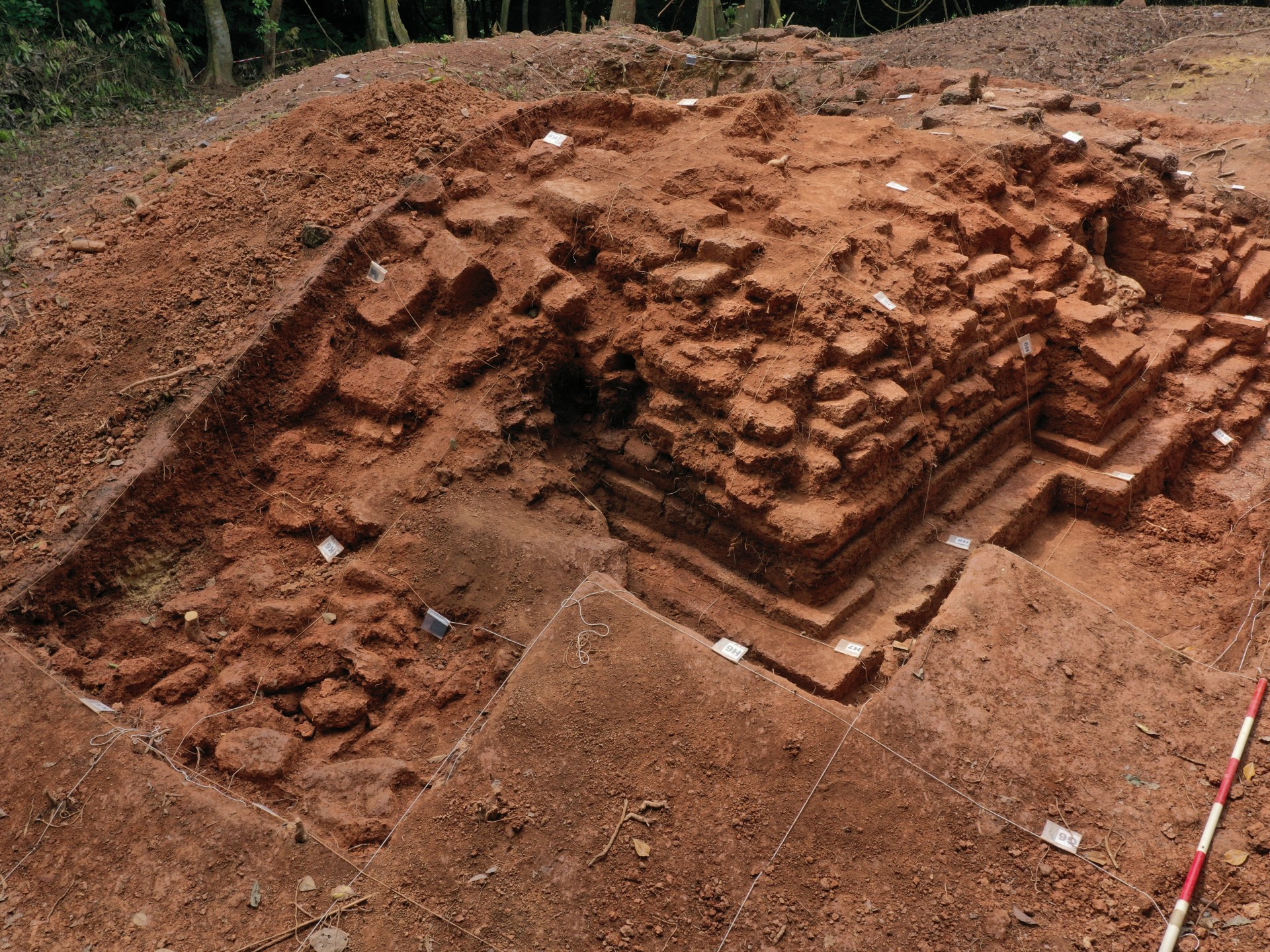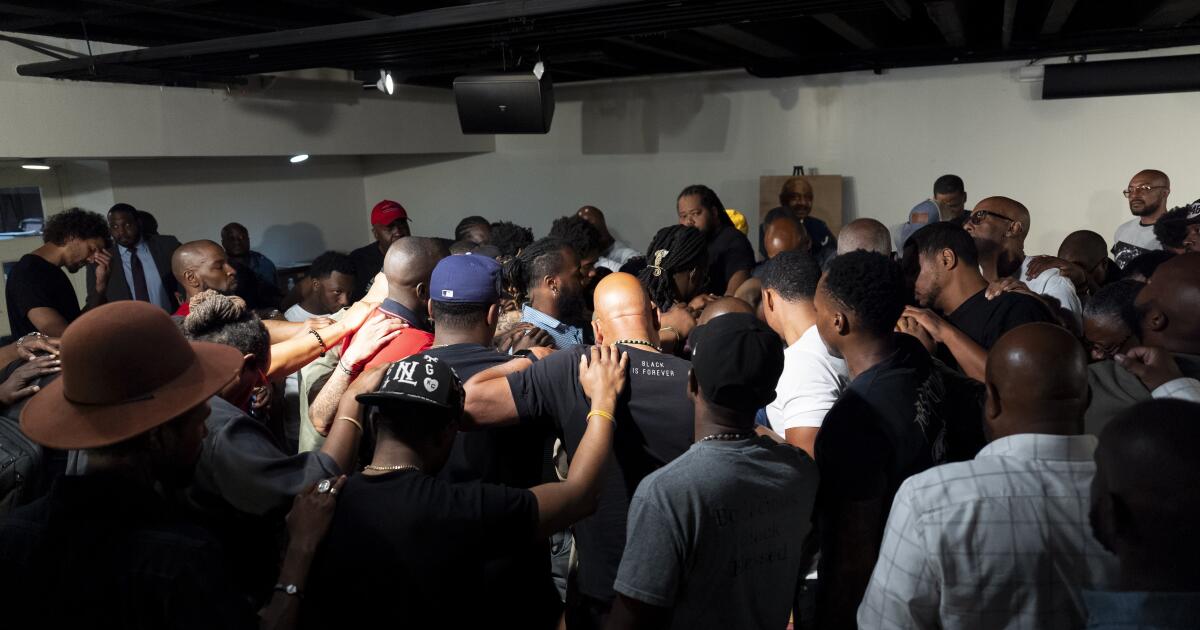Boeing has said it plans to make design changes to prevent a future mid-air cockpit panel explosion like the one that occurred on an Alaska Airlines 737 MAX 9 flight in January, plunging the planemaker into its second major crisis in recent years.
Boeing Senior Vice President of Quality Elizabeth Lund said Tuesday that the planemaker is working on design changes it hopes to implement within a year and then modernize the entire fleet.
Investigators said the plug on the new Alaska MAX 9 was missing four important screws.
“They're working on some design changes that will allow the door stopper to not close if there's a problem until it's firmly secured,” Lund said during the first of a two-day National Transportation Safety Board (NTSB) investigative hearing in Washington, DC.
Lund's comments followed questions about why Boeing did not use a type of warning system for door stoppers that the planemaker includes on regular doors that sends an alert if it is not completely secure.
The Alaska Airlines incident severely damaged Boeing's reputation and led to a two-week grounding of the MAX 9, a ban by the US Federal Aviation Administration (FAA) on expanding production, a criminal investigation and the departure of several key executives. Boeing has promised to make major quality improvements.
The NTSB also released 3,800 pages of factual reports and interviews from the ongoing investigation.
Boeing has said there is no documentation documenting the removal of the four missing key bolts. Lund said Boeing has placed a bright blue and yellow sign on the door plug when it arrives at the factory, which says in large letters, “Do Not Open” and adds a redundancy “to ensure the plug is not inadvertently opened.” It also has new mandatory procedures if the door plug needs to be opened during production.
One flight attendant described the moment of terror she felt when the door stopper exploded. “And all of a sudden, there was a very loud bang and a lot of air whistling, as if the door had been flung open,” the flight attendant said. “The masks came down and I saw the galley curtain being sucked into the cabin.”
Lund and Doug Ackerman, Boeing's vice president of supplier quality, will testify Tuesday during hearings scheduled to last 20 hours over two days. Ackerman said Boeing has 1,200 active suppliers for its commercial airplanes and 200 supplier quality auditors.
Lund said Tuesday that Boeing is still building “about 20” of the MAX’s monthly production, far fewer MAX units than the 38 it is allowed to produce per month. “We are working to ramp back up production, but at one point I think we were down to eight,” Lund told the NTSB.
Terry George, senior vice president and general manager of Boeing's Spirit AeroSystems program, and Scott Grabon, senior director of 737 quality at Spirit, which makes the MAX's fuselage, also testified Tuesday.
Last month, Boeing agreed to buy back Spirit AeroSystems, whose main plants it spun off in 2005, for $4.7 billion in stock.
The hearing is reviewing topics including 737 manufacturing and inspections, safety management and quality management systems, FAA oversight, and issues related to door stopper opening and closing.
Fuselage defects
In June, FAA Administrator Mike Whitaker said the agency had “intervened too much” in its oversight of Boeing before January. FAA employees told the NTSB that Boeing employees did not always follow required processes.
Jonathan Arnold, an FAA aviation safety inspector, said one systemic problem he witnessed at the Boeing factory was employees failing to follow instructions.
“It seems to be a systematic problem, when they deviate from their instructions. And usually what I see the most is control of the tools,” Arnold said.
Lund said that before the Jan. 5 crash, every 737 fuselage delivered to Boeing had defects, but the key is to make sure they are manageable. “What we don’t want are really large defects that affect the production system,” Lund said. “We were starting to see more and more of those types of problems, I can tell you, right around the time of the crash.”
NTSB Chair Jennifer Homendy at one point expressed frustration with Boeing. “This is not a public relations campaign by Boeing,” she said, urging the company to clarify what its policies were before the incident.
The interviews also touched on issues related to the factory's culture, which has come under fire in congressional hearings. Whistleblowers have alleged that Boeing retaliated against people who raised safety concerns at the production plant.
Boeing executive Carole Murray described several airframe problems that emerged from Spirit AeroSystems in the run-up to the crash. “We had defects. The sealant was one of the biggest defects we had reported,” she said. “We had multiple leaks around the window frame, defects in the skin.”
Michelle Delgado, a structural mechanic who worked as a contractor at Boeing and did the refurbishment of the Alaska MAX 9 aircraft, told NTSB the workload is heavy and requires long hours.
“When we are really overworked, it's overwhelming because we've cut back on staff, so now it's like, in order to not have to deal with a worse situation tomorrow, I'd rather work a 12- to 13-hour shift so I can get everything done, for my own good, so I don't have to deal with people the next day.”
Also in June, the NTSB said Boeing violated investigative rules when Lund provided nonpublic information to the media and speculated about possible causes.
Last month, Boeing agreed to plead guilty to one count of conspiracy to commit criminal fraud and pay a fine of at least $243.6 million to resolve a U.S. Justice Department investigation into two fatal 737 MAX crashes.

